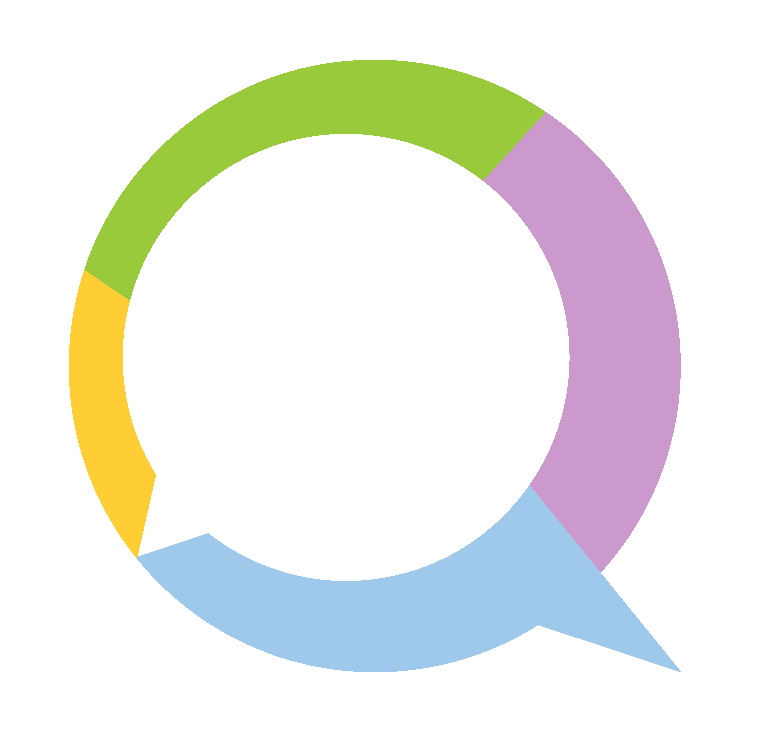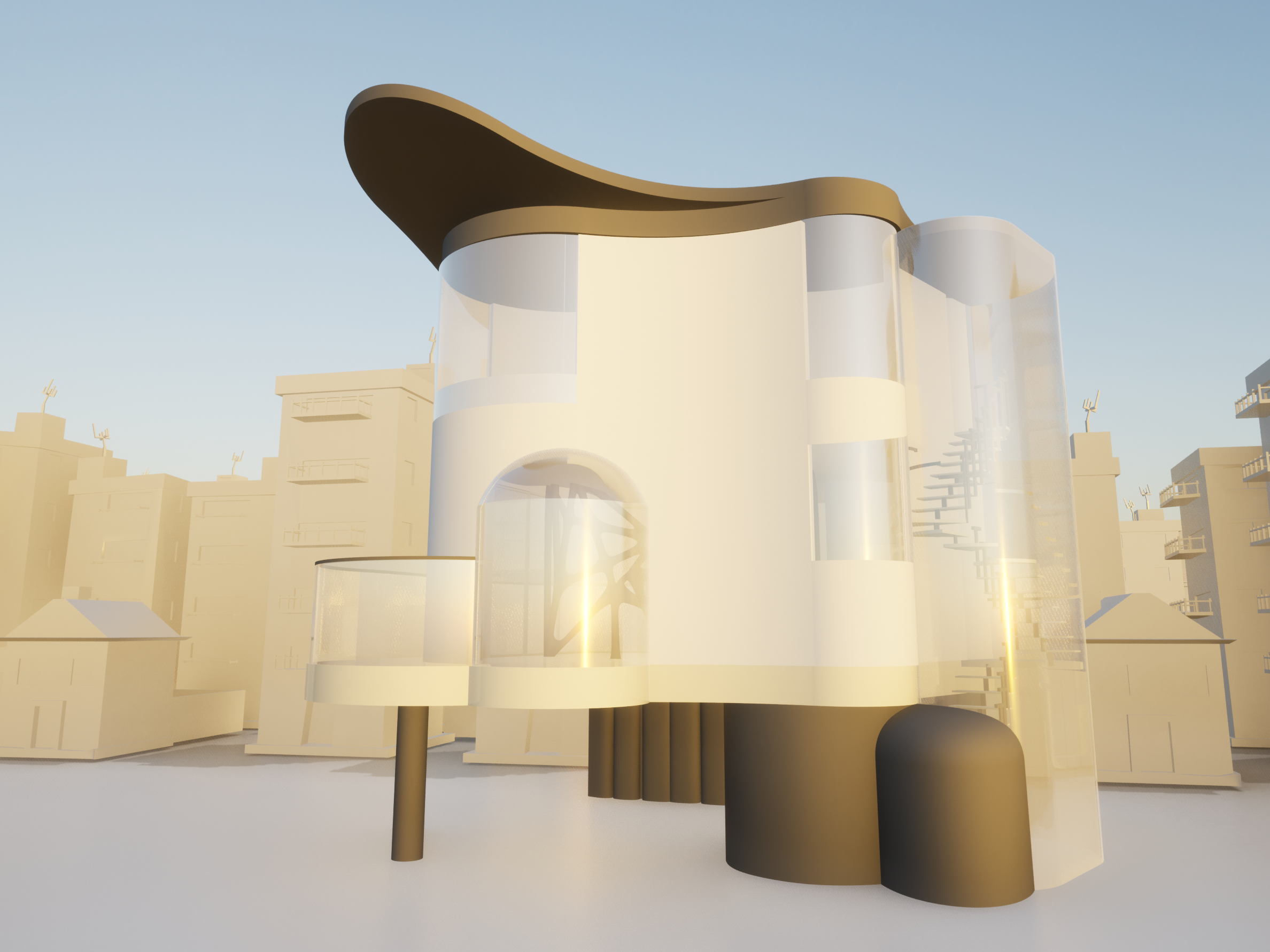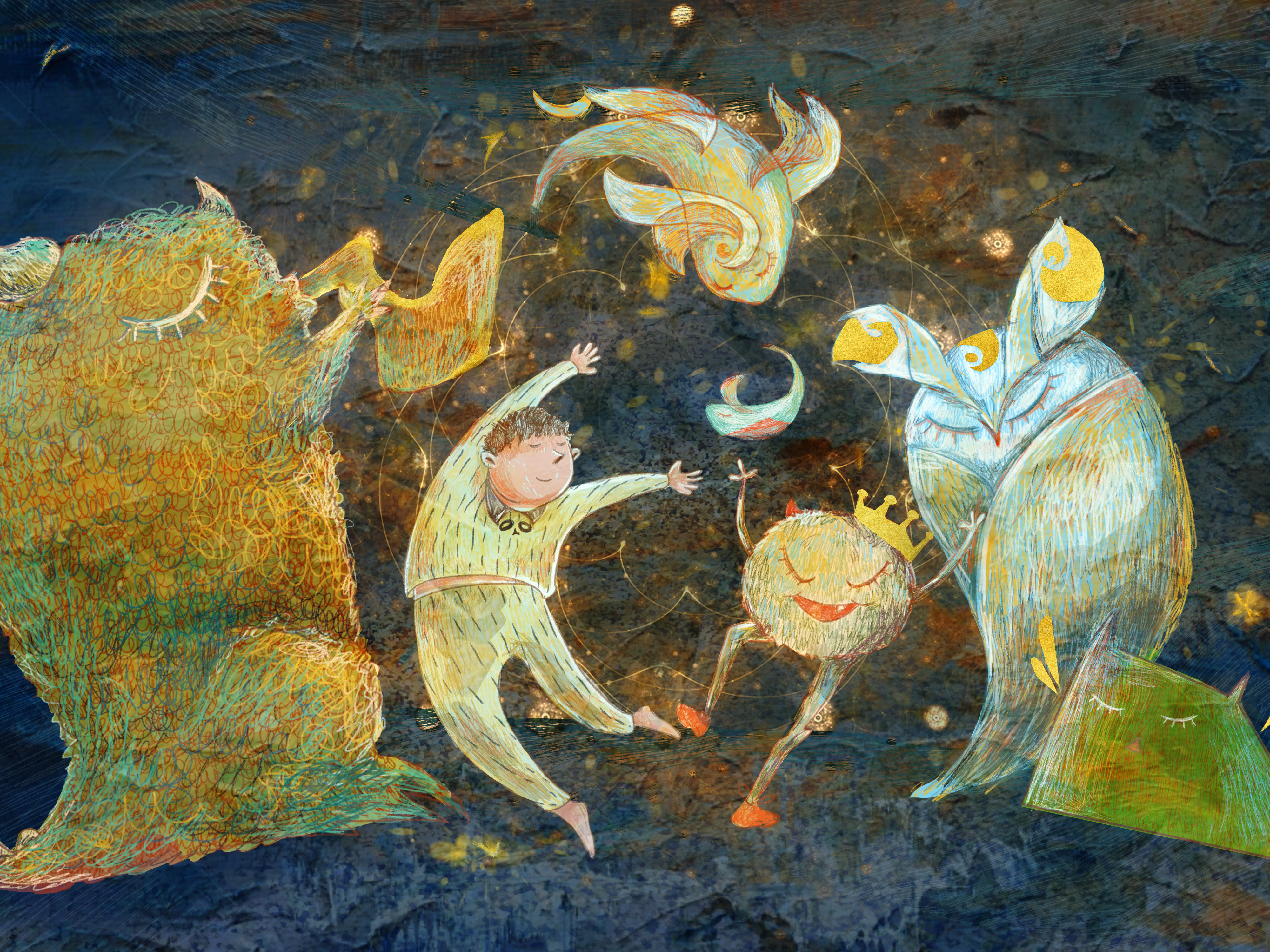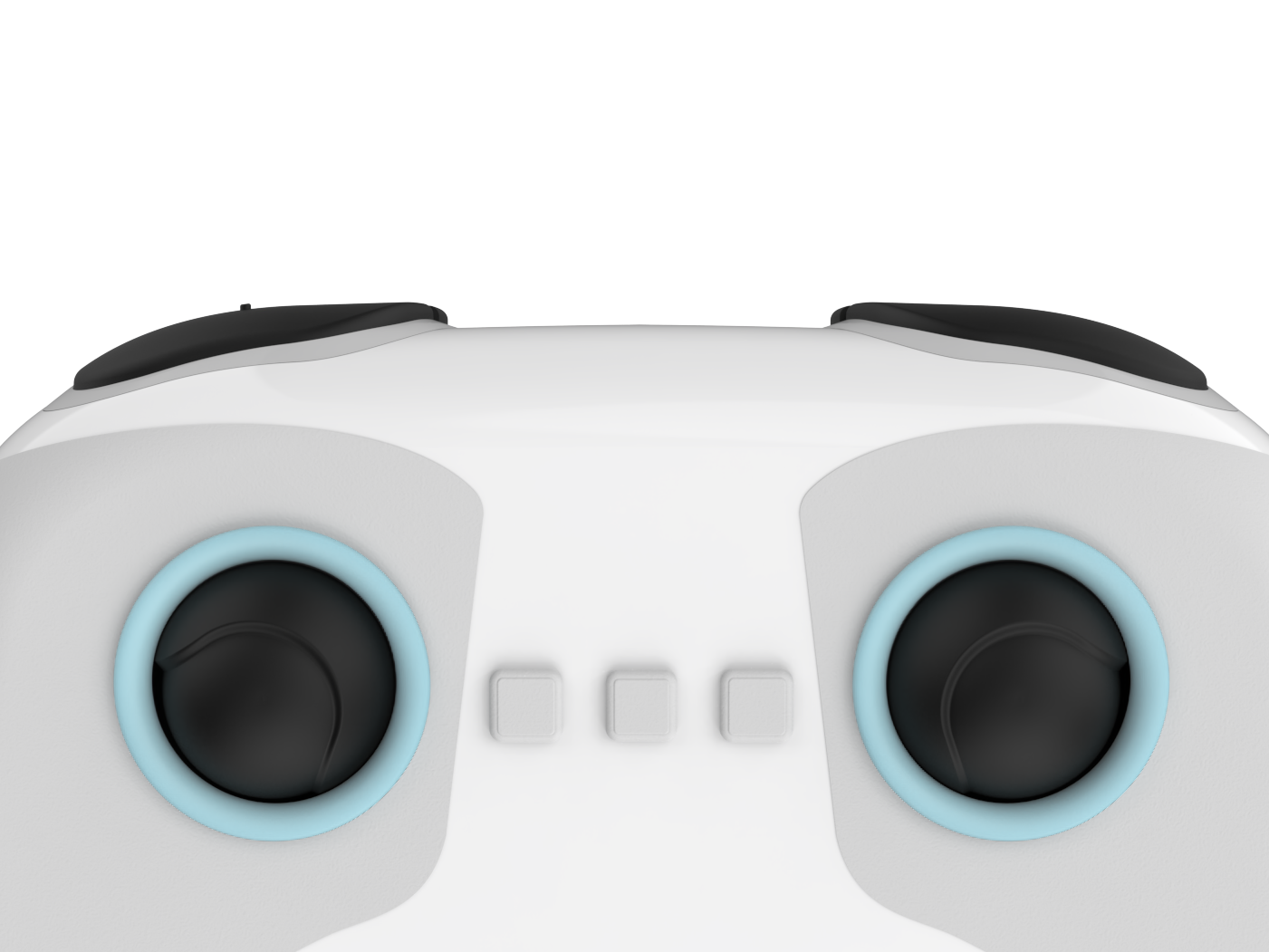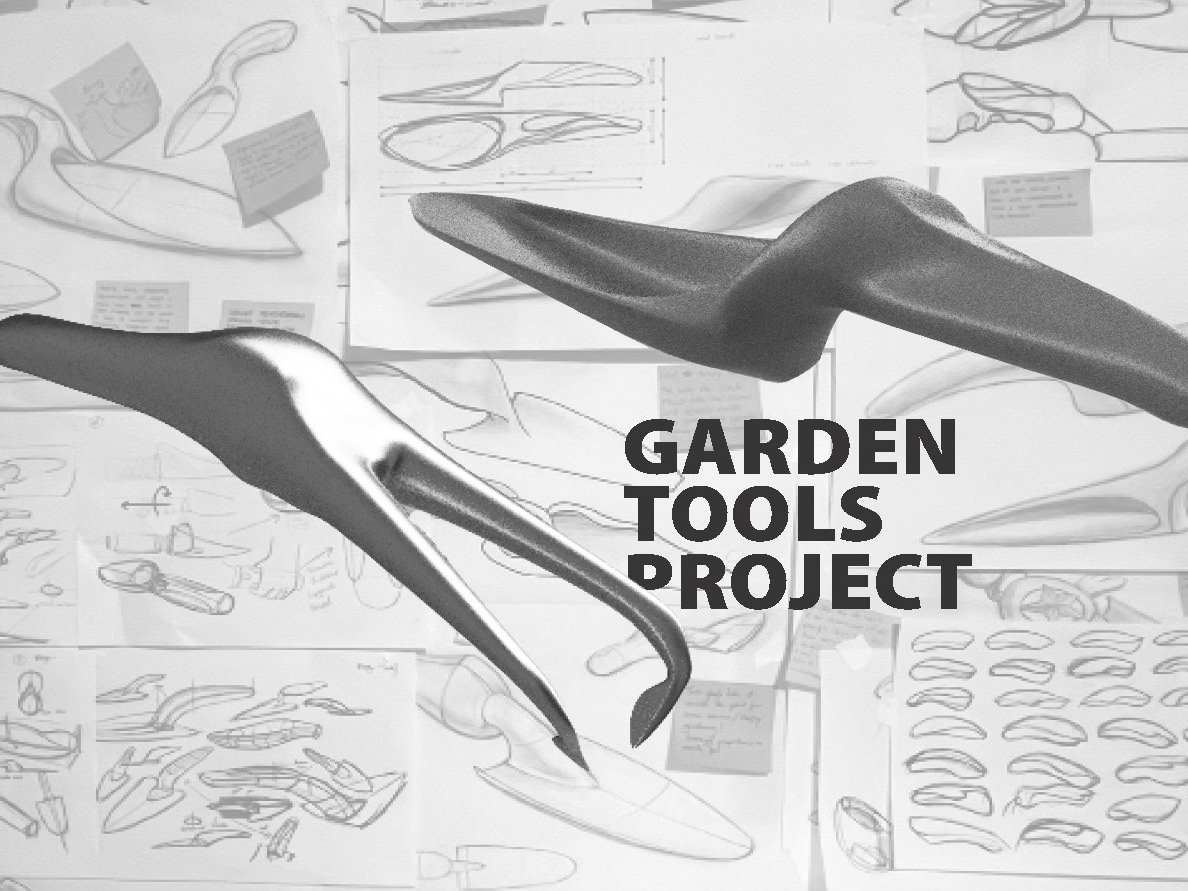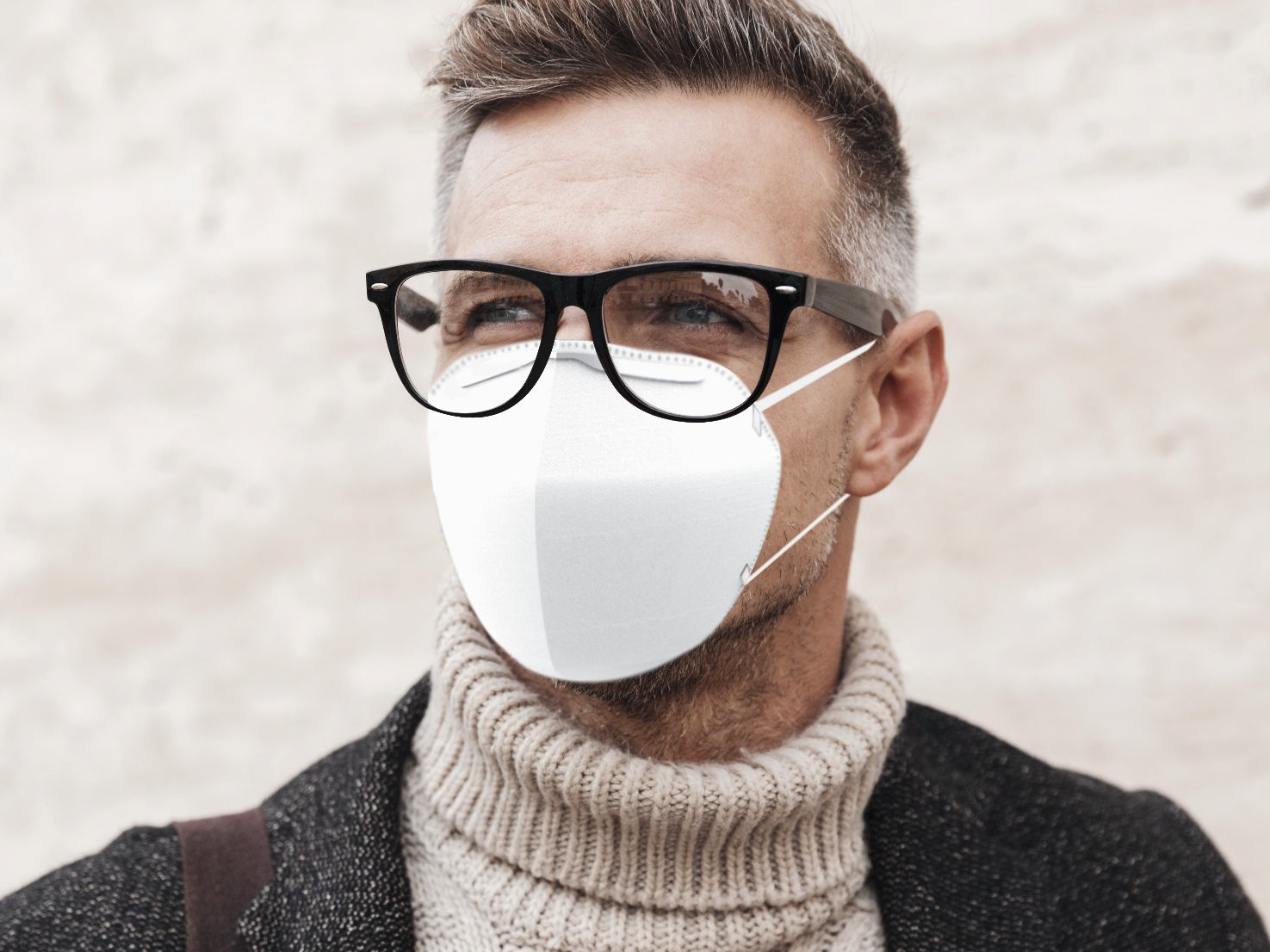FUJI - Ink holder design
This project aims to develop a stability-focused design solution that reduces the frequency of ink-spilling occurrences commonly observed among SJSU animation students and professional inking artists.
Project Type: UX design, Package design
Tools: Adobe Illustrator, Laser cutter
Challenge: Design a stable, staple-free, glue-free cardboard ink holder for messy artist workspaces.
Solution: Utilize the inherent stability of the trapezoidal shape to engineer a secure ink holder.
Outcomes: The majority of users reported positive feedback on the ink holder. They noted that the box significantly minimized ink spills and was highly convenient for outdoor sketching.
The Mess
Ink spills are a major frustration for inking artists and animation students, often ruining their drawings and necessitating the redoing of their work.
The solution: The Unbeatable Ink Holder
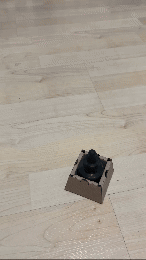
The Process
1. Understand the problems
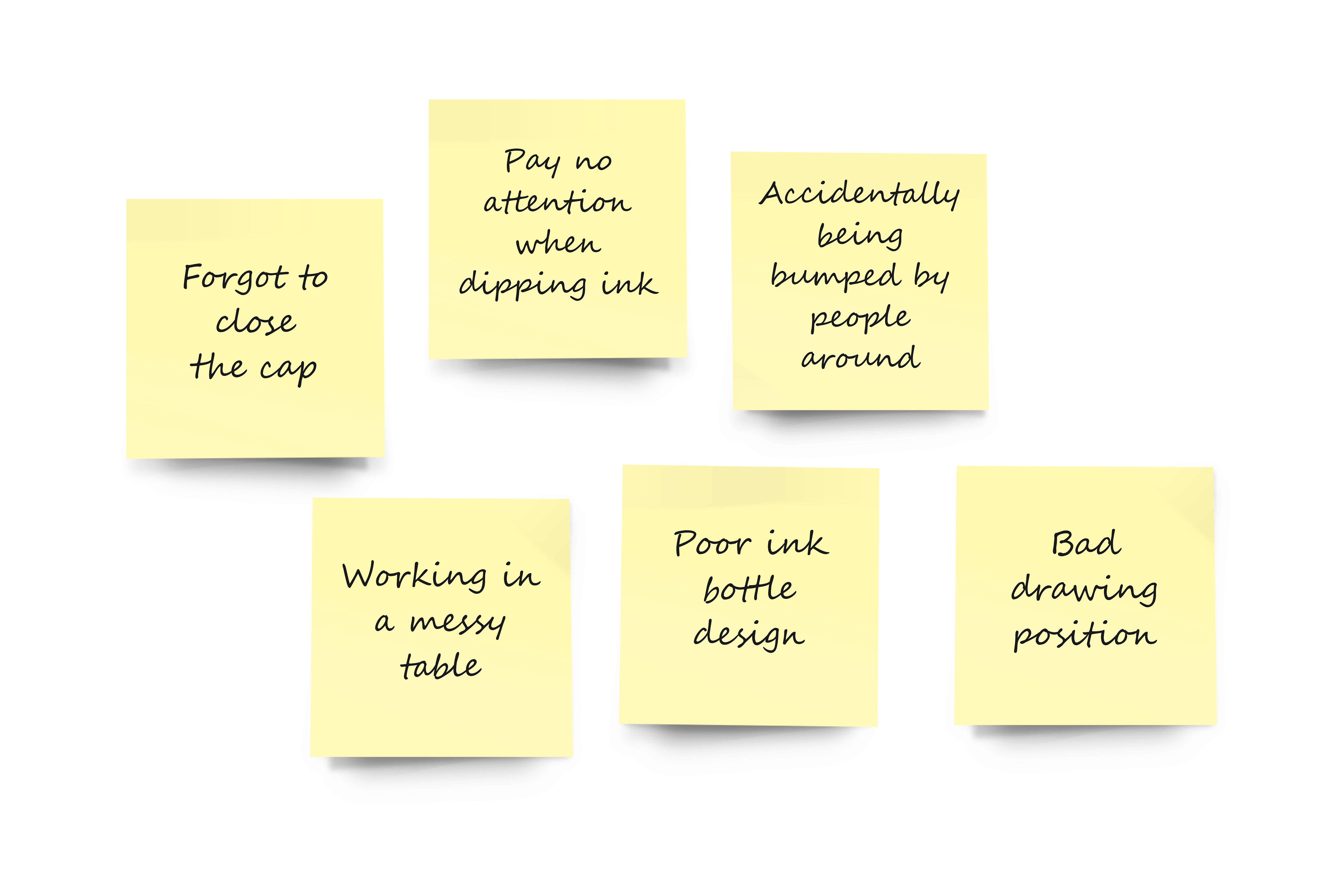
The reasons causing spilling ink
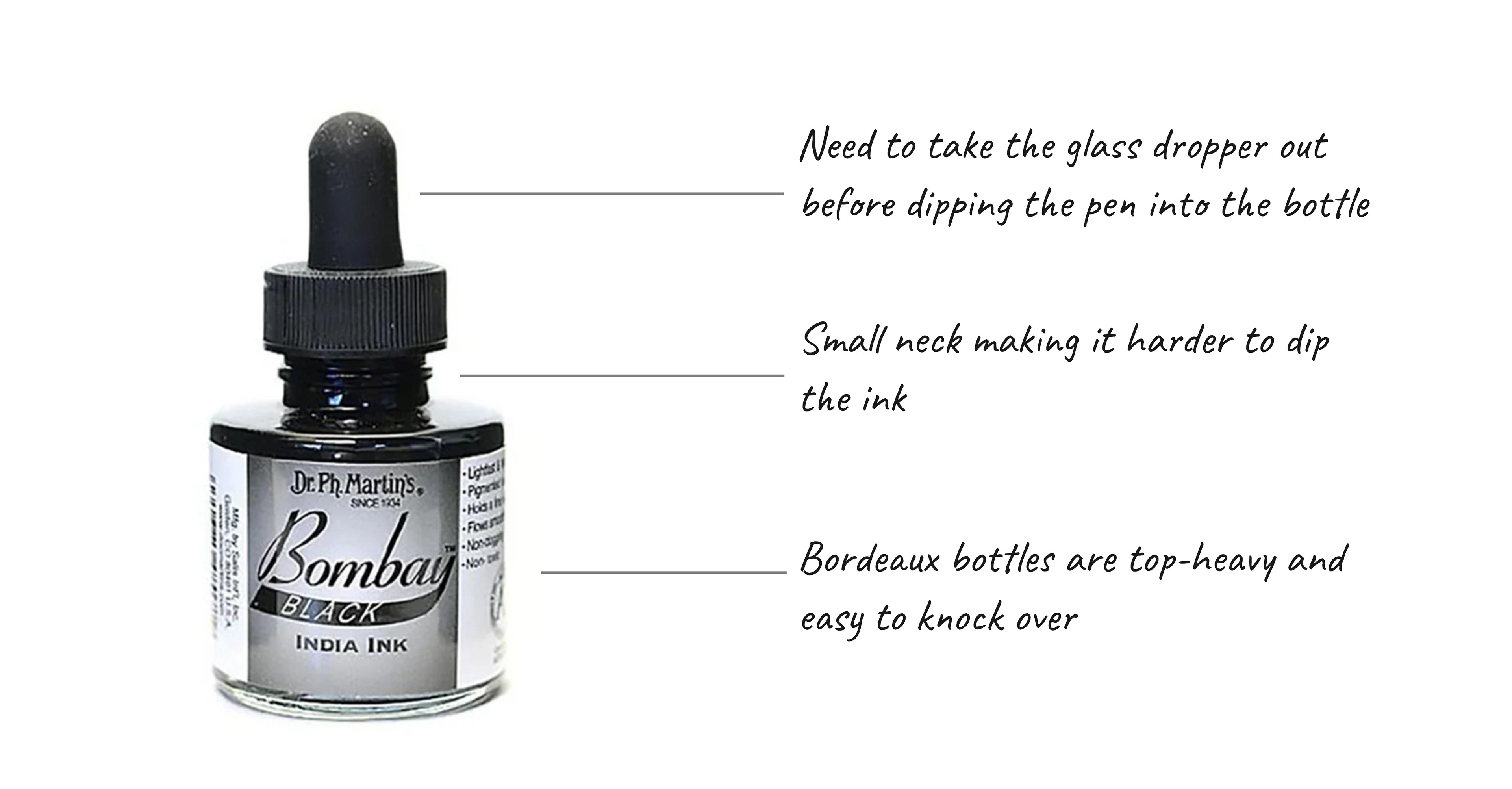
The problems of the bottle's design
2. Brainstorming
My idea is to design a foldable cardboard product with a big base, a pocket to hold nibs, and a pen. Based on user feedback, I chose a small, simple ink holder to refine the design and include space to store a pen and nibs.
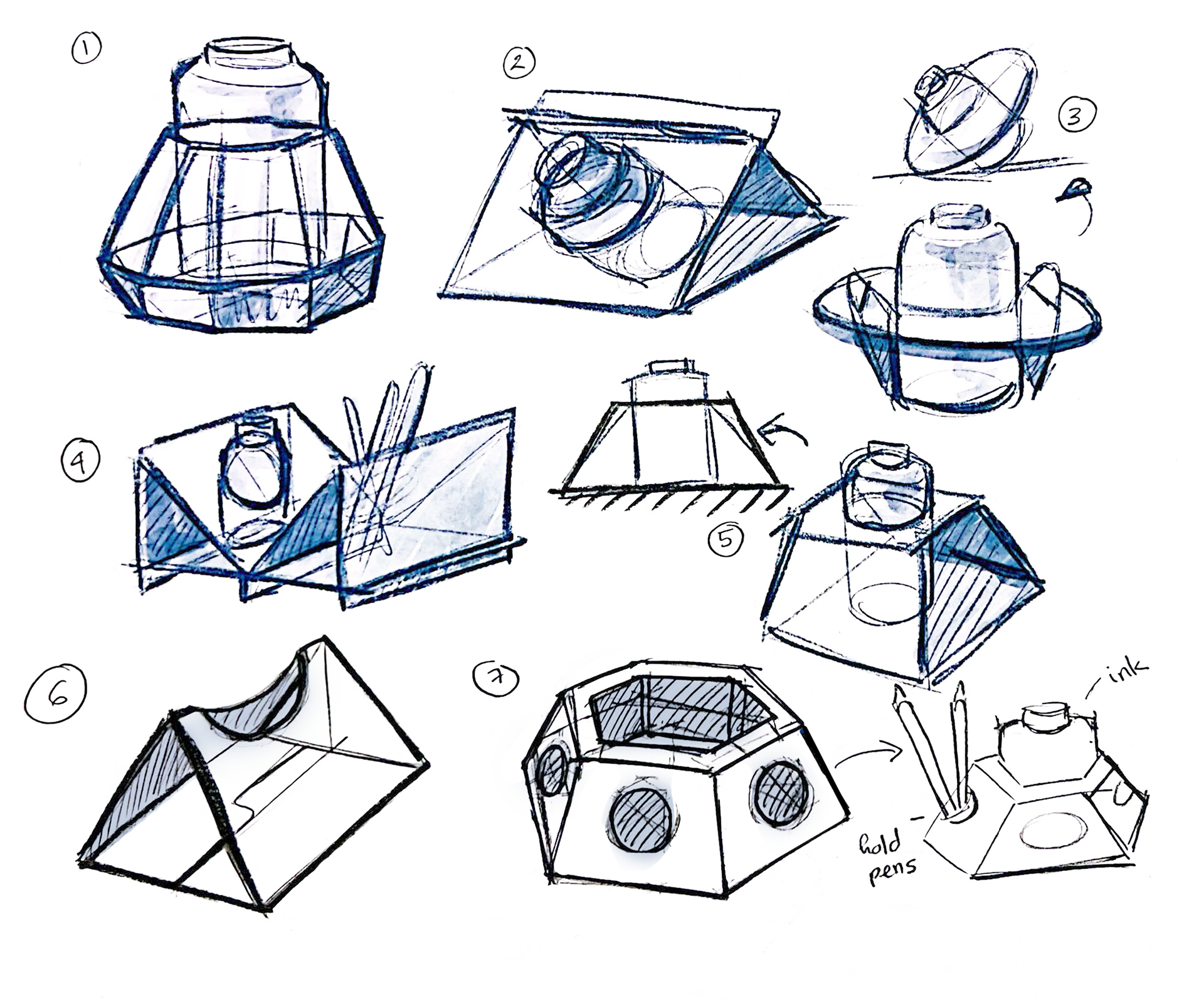
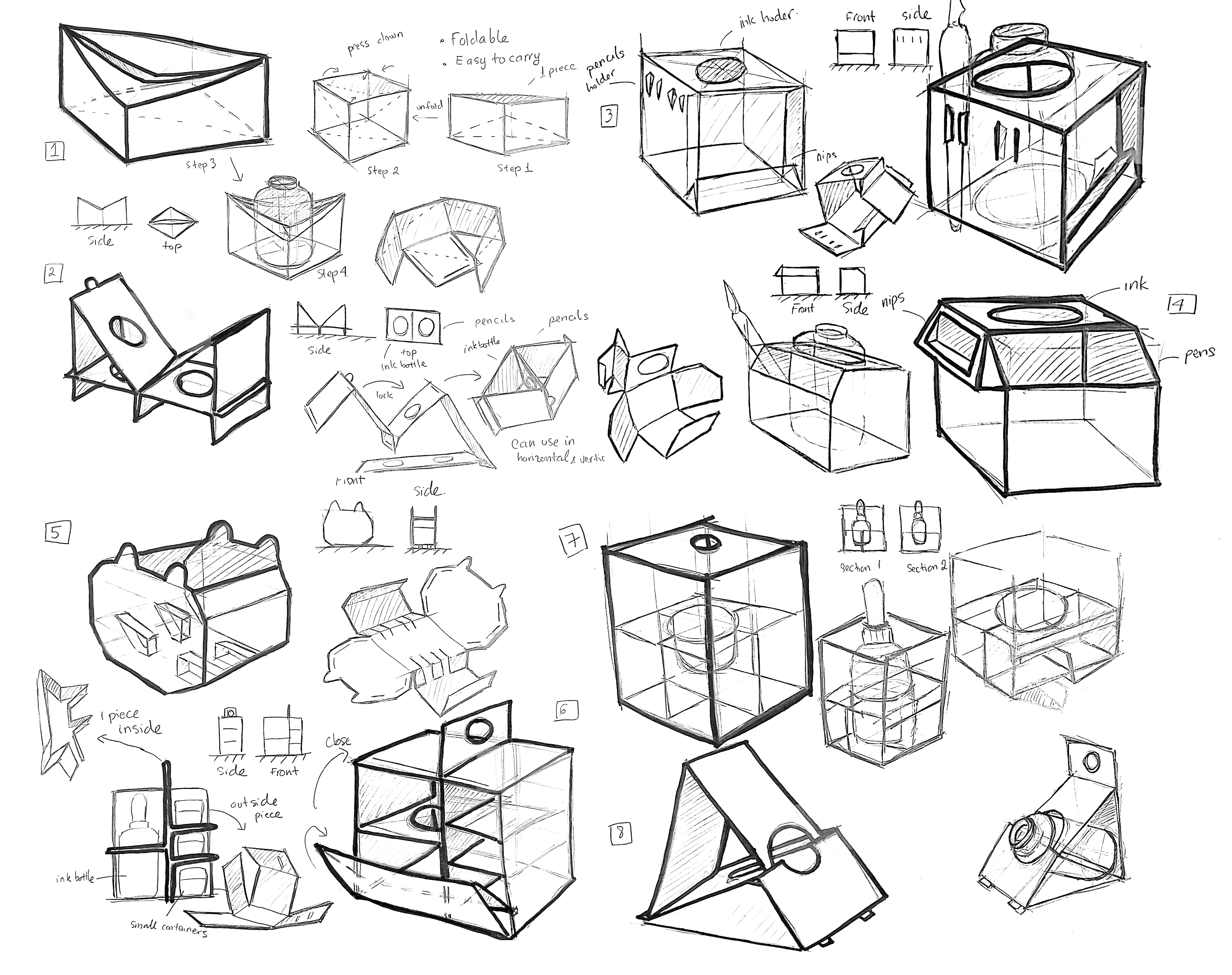
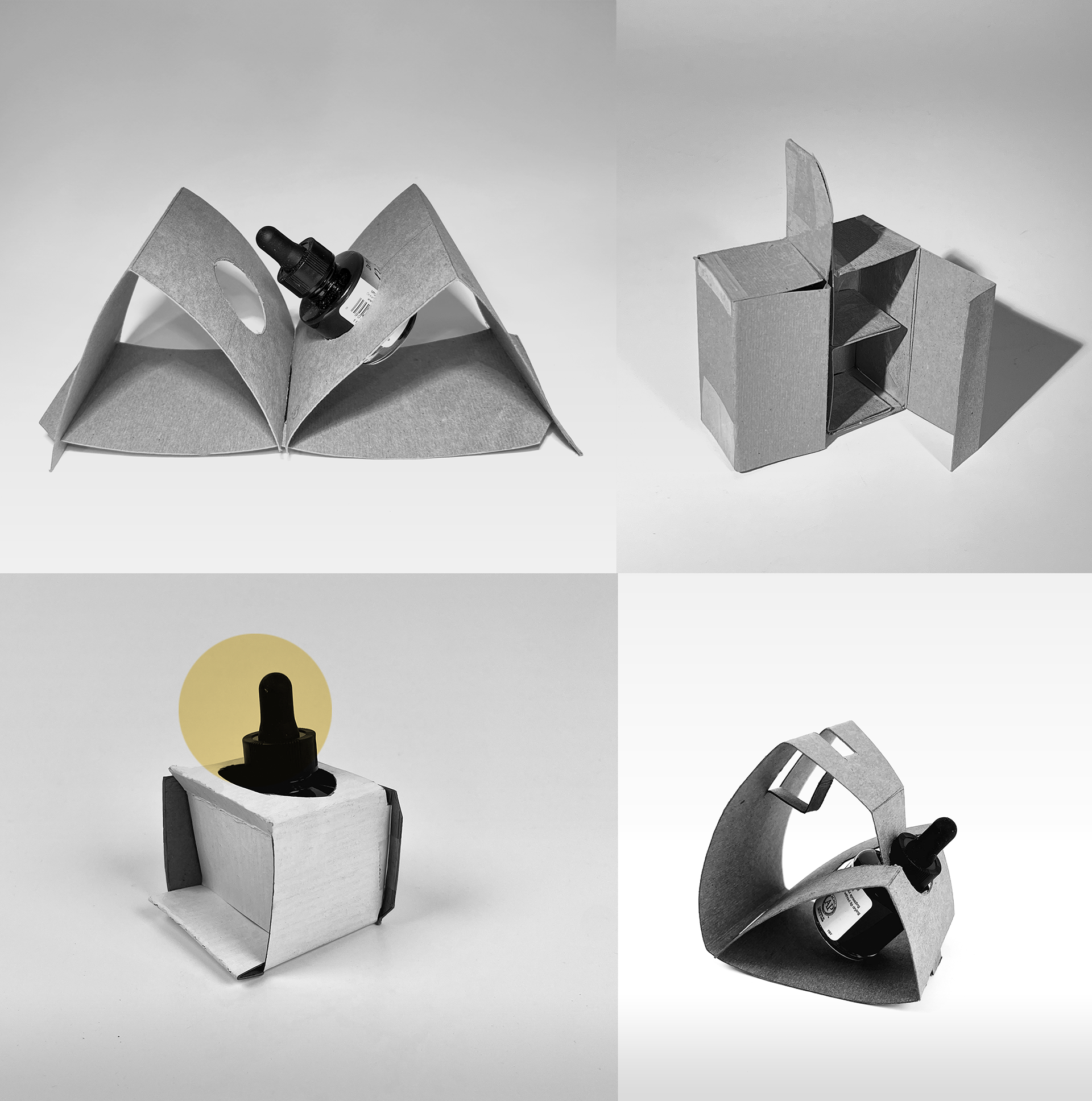
3. The most solid block
Triangles exhibit inherent structural rigidity, dispersing impact forces across all edges and sides. A tetrahedral configuration, composed of triangular faces, maximizes stability and durability, even under significant stress.
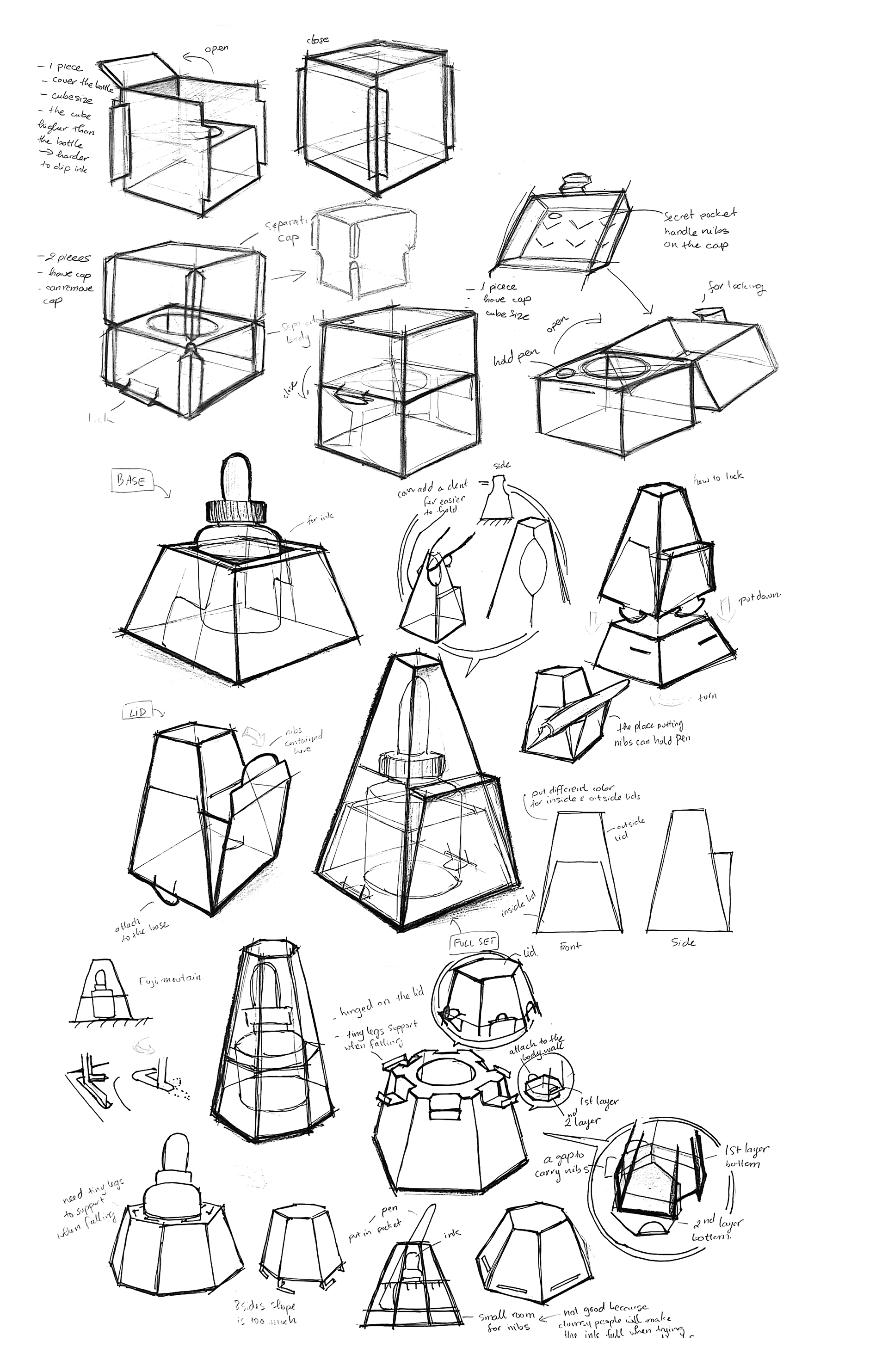
Why cardboard?
I used cardboard because it's easy to find, and students can turn old boxes into ink holders.
4. Design development
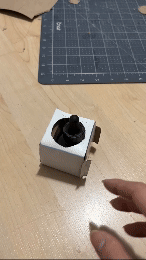
Initial idea: a square box is easily fall
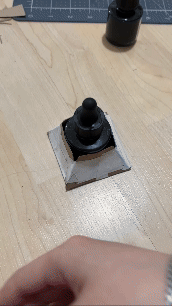
Refine structure: the box is more stable
After designing the base, I focused on creating a user-friendly package for pens and nibs. Based on feedback, I simplified the opening mechanism.
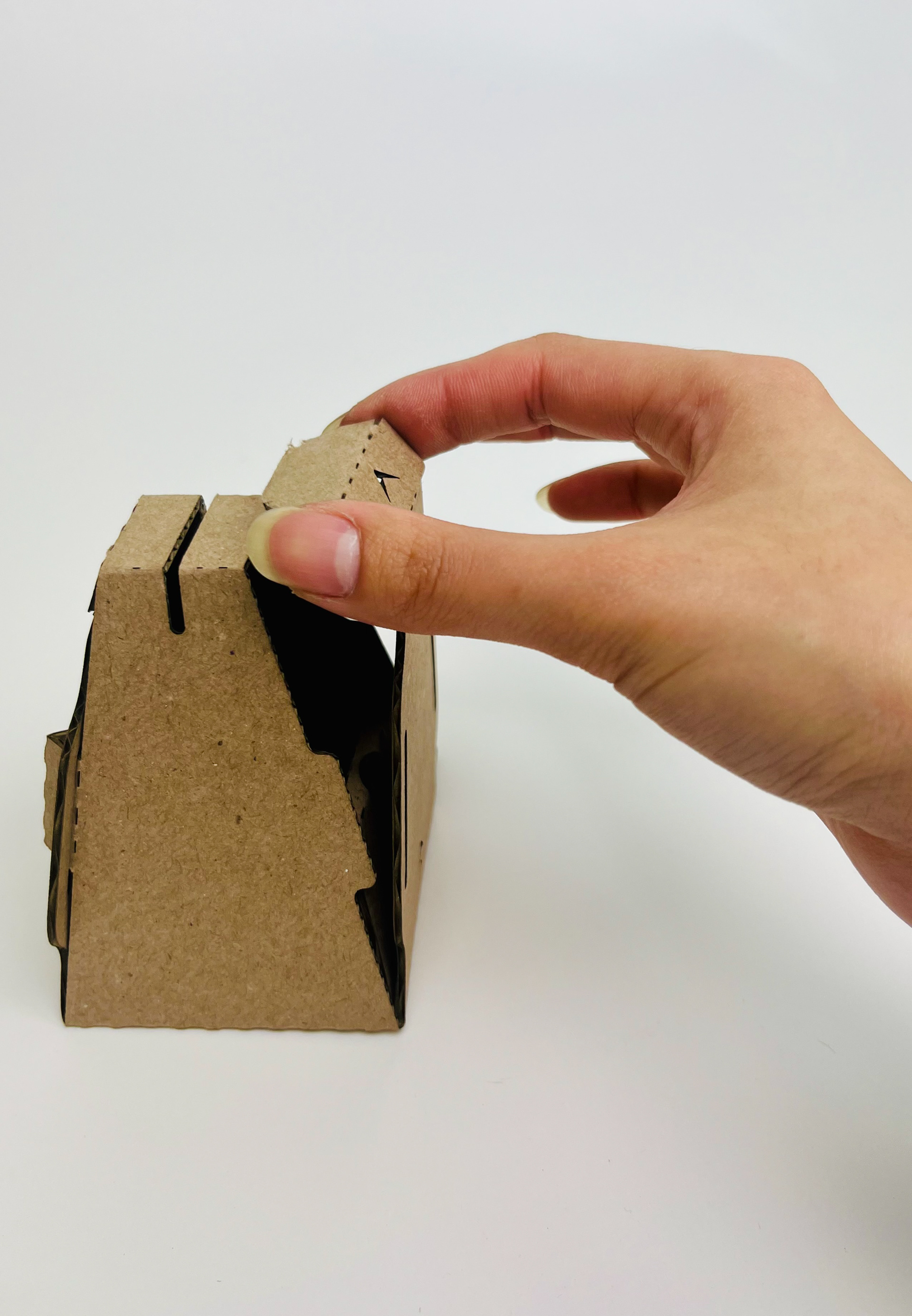
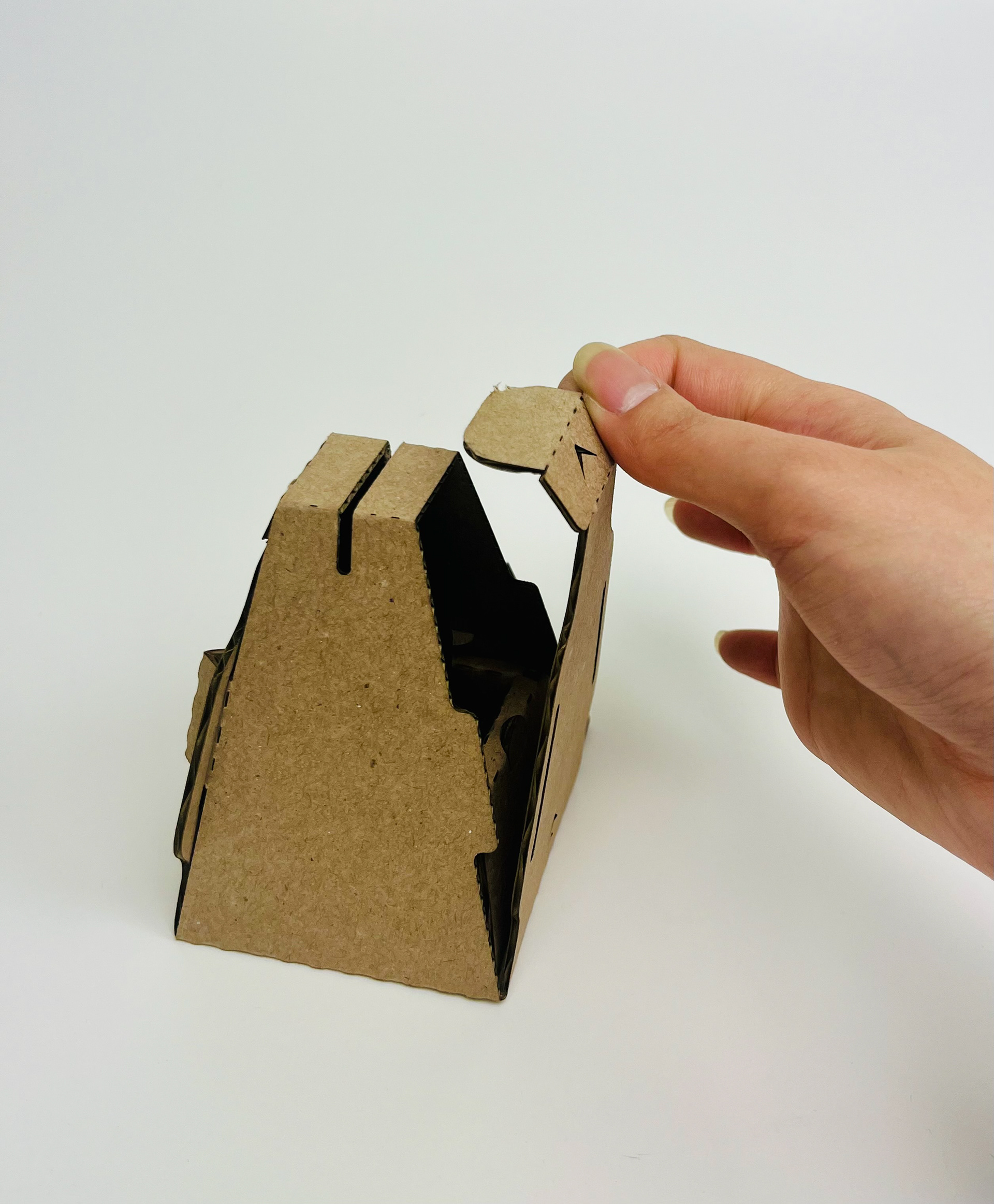
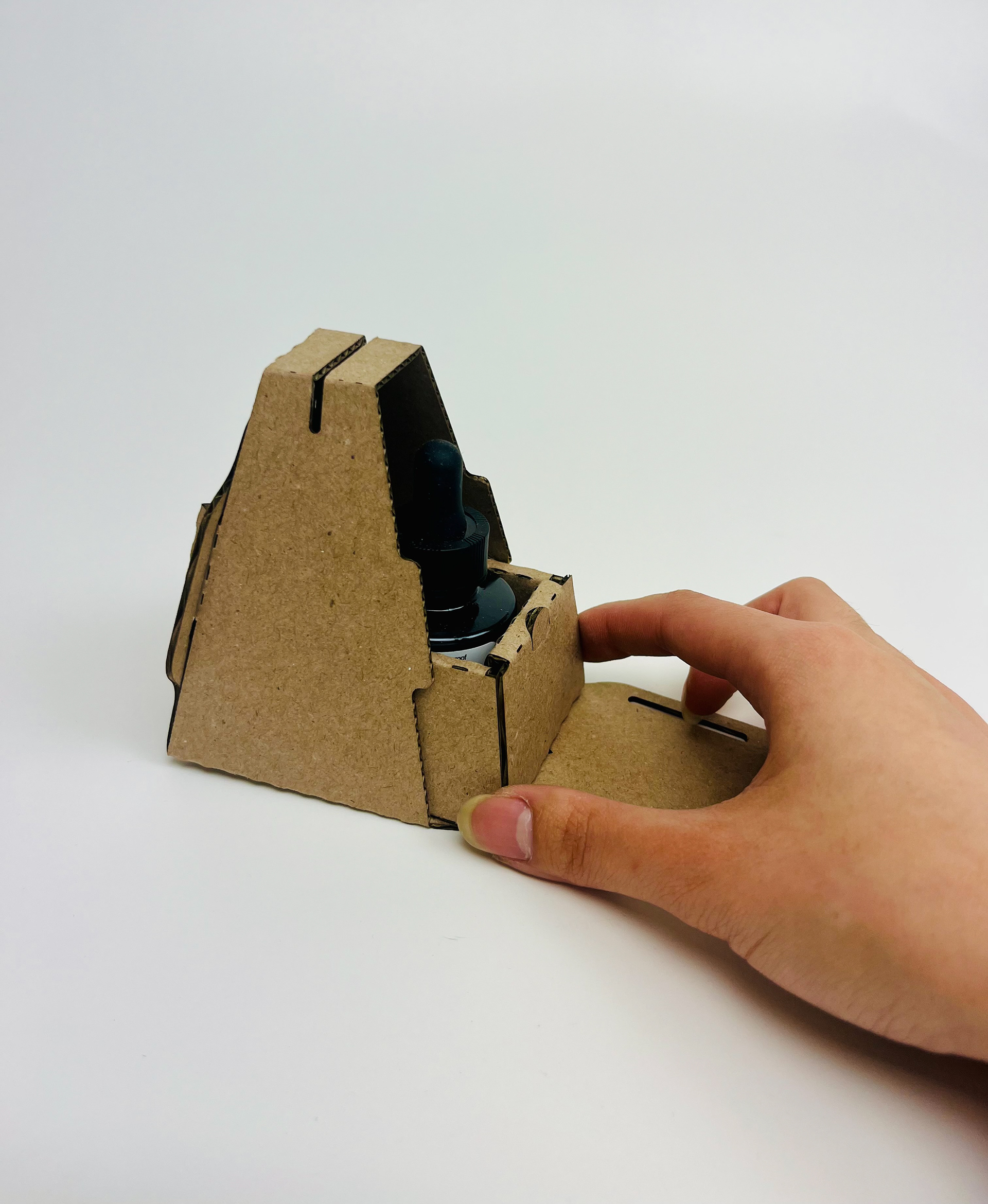
Versatile for both left and right-handed users: a single cutting file allows for customizable pen placement on either side of the ink holder.
5. User feedback
6. Further development
To address the issues of degradation over time, I plan to implement several design changes. These include:
1. Exploring alternative opening mechanisms or using more durable materials.
2. Removing the nib holder for a minimalist approach.
3. Simplifying the folding process for easier assembly and disassembly.
What I learned
User-centric design
User-centered design requires empathy. I've learned that it's not just about solving problems, but also about understanding and accommodating diverse user perspectives.
Always experiment
I found that continuous experimentation is key to innovation. While it's important to stay within project timelines, a willingness to explore different approaches often leads to the best solutions.
